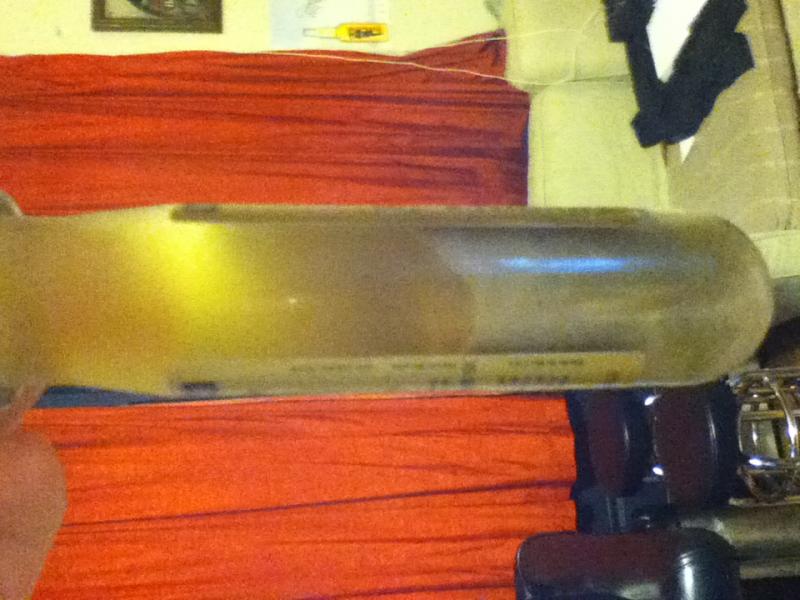I'm just washing yeast for the first time. This is a yeast that I recovered from Sculpin IPA that I have been using for quite some time now. I am used to making starters from a small amount of pure yeast I have frozen away but I have also done some freezing of yeast from large starters. After reading this thread I started wondering why I was buying malt extract to brew starters when I could just freeze away washed yeast from a brew. So here I am.
I washed two times with 20 min of settling and have ended up with two layers of sediment. It is clear to me that the smaller, whiter, grainier one on the bottom is trub and the larger, fine, off white one on the top is the yeast. I'm figuring the trub wont hurt me since I'm going to pour off the liquid, resuspend it in about 1 cup of 15% glycerol, break this up into half a dozen samples and freeze it away for future use (see the freezing yeast thread: https://www.homebrewtalk.com/f163/d...why-not-farm-yeast-freeze-269488/index10.html). I still make a starter when I thaw them but just overnight like you would for a tube from White Labs.
I'll report back on my success, or lack thereof.
I washed two times with 20 min of settling and have ended up with two layers of sediment. It is clear to me that the smaller, whiter, grainier one on the bottom is trub and the larger, fine, off white one on the top is the yeast. I'm figuring the trub wont hurt me since I'm going to pour off the liquid, resuspend it in about 1 cup of 15% glycerol, break this up into half a dozen samples and freeze it away for future use (see the freezing yeast thread: https://www.homebrewtalk.com/f163/d...why-not-farm-yeast-freeze-269488/index10.html). I still make a starter when I thaw them but just overnight like you would for a tube from White Labs.
I'll report back on my success, or lack thereof.







